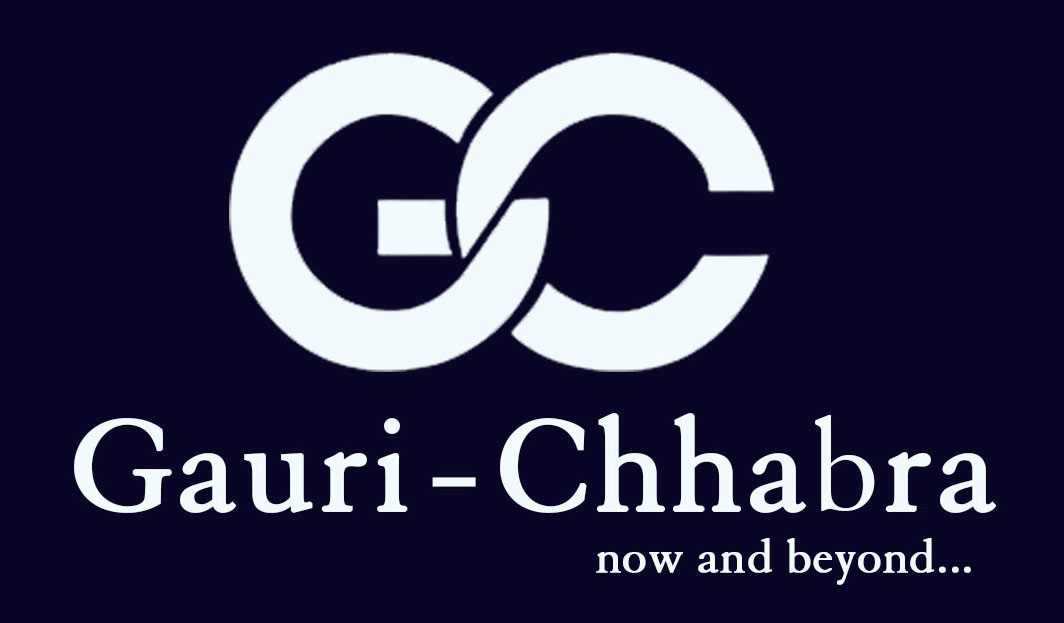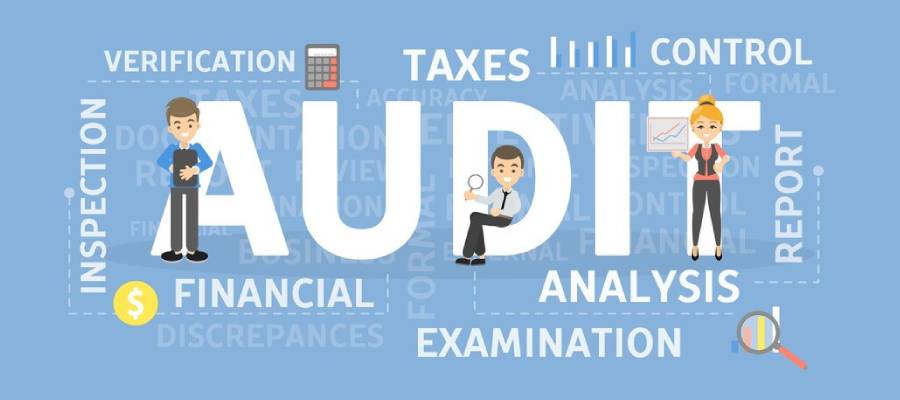Do you wish to carve out your career in a huge, ballooning industry? An industry that is about to become a part of our daily lives- the drone industry, that is becoming as important as automobile industry.
Unmanned Aerial Vehicles (UAVs) are the wave of the future when it comes to aerial surveillance and find increasing applications both in civil and military fields. The military uses for UAVs are pretty obvious as they provide an enormous amount of intelligence without putting any human harm and also render the additional advantage of eliminating human fatigue. Illustrating this, UAV operators on long flights can simply transfer to other operators, something impossible on surveillance aircraft.
Currently, it is one of the important growth and research area in the defense sector. The military’s effective use of UAVs in recent conflicts has highlighted their successes, and thereby vigorously driving UAV technology developments everywhere.
What is Unmanned Aerial System(UAS) or a Drone?
A Drone, also known as an Unmanned Aerial System (UAS) or an Unmanned Aerial Vehicle (UAV), is an unmanned aircraft that is flown remotely, and ranges from small personal aircrafts that can be lifted by one person and cost a few hundred dollars, to military surveillance and attack aircrafts that cost over $21 million, can have up to 130 foot wingspan, and can be equipped with missiles.
Course Content and Pedagogy
This course introduces the initial designing and sizing process for rapidly growing fixed – wing UAV technology, integrated with its performance and stability analysis and prototype testing.
In the course content you will come to know how can we create agile micro aerial vehicles that are able to operate autonomously in cluttered indoor and outdoor environments. Besides, you will gain an introduction to the mechanics of flight and the design of quadrotor flying robots and be able to develop dynamic models, derive controllers, and synthesize planners for operating in three dimensional environments.
Institute scape:
Colleges in India and across the globe are meeting the demand for commercial drones by offering certificates, bachelor’s, master’s, and doctoral degrees on piloting, engineering, and repairing drones.
- School of Engineering, University of Petroleum and Energy Studies, UPES Dehradun, offering M.Tech. in Unmanned Aerial Vehicles
- Hindustan Institute of Technology and Science, Kelambakkam, offers M.Tech – Avionics with specialization in Unmanned Aerial Vehicles
- Vel Tech Dr.RR & Dr.SR Technical University, Chennai, offers 2 year Master of Technology Programme on Unmanned Aerial Vehicle to provide graduate engineers knowledge and skills to develop their own Unmanned systems for typical applications and need.
- Indian Institute of Drones, Noida, affiliated with Consortium of Unmanned Vehicle Systems(CUVSI) India under the aegis of International Foundation for Aviation and Development(IFFAAD) offers Diploma in Multirotor Pilot Course and Diploma in Fixed wing Pilot Course
- TechEagle,Lucknow is developing DRONEs/UAVs of 1-5 meter( wingspan), 1-10kg(Payload), 1-5 Hours(Flight Time), and Modular for Companies, Research Institutes and individuals and also imparting Technical and Practical knowledge to the country’s youth in the field of Unmanned Aerial Vehicles/Drones.
Roles and Responsibilities:
Although at face value flying a UAV seems remarkably similar to playing a video game, the consequences of every pilot’s actions are deadly serious. Unmanned planes are at the forefront of gathering aerial intelligence around the globe, so in addition to being a skilled operator, the pilot must be able to analyze intelligence imagery in order to make snap decisions about when to pursue a lead or get out of dodge. Each UAV pilot must have the mettle to decide if and when to pull the trigger on someone half a globe away.
After completing their course get placed in top aeronautical industries and government agencies in India with the following roles and responsibilities:
- Conduct air reconnaissance, surveillance, targeting and acquisition missions.
- Plan and analyze flight missions.
- Perform preflight, in flight and post flight checks and procedures.
- Launch and recover air frame from runway.
- Perform maintenance on communications equipment, power sources, light/heavy wheeled vehicles and crane operation.
Career scope:
Unmanned Aerial Vehicles (UAV) or Drones are used in every field importantly Aerial Photography, Search and Rescue, Traffic control, Environmental and Wildlife Monitoring, Surveillance and Reconnaissance, Precision Agriculture, Air Sampling, Firefighting, Power line inspection, Postal delivery and many more applications. The unmanned systems industry is presently having tremendous growth. As a result there is an increased demand for unmanned vehicle systems designers.
There are a predicted 100,000 drone-related careers set to flood the jobs market over the next few years. These will range from aerial photography and/or cinematography to mapping and modeling, not to mention thermography to name but a few. They range from full-time to contract based work, even internships across many industries and varying levels of experience required.
Drone Pilot:
Probably the most straightforward one to understand. Many potential employers do ask for the candidate to hold a suitable UAV certificate and knowledge of rules and regulations for flying things in the air. You will obviously control the drone to perform a wide variety of tasks and services that the particular company offers. This could be aerial photography or remote aerial surveying, for instance. Flying them is the simple bit, the skills that wrap around this are a bit harder to define. Why is the company using drones? For what purpose? If for surveying or inspection do you have other skills that would “guide” how you operate the drones.
Many other companies will also consider existing field engineers and technicians and train them up on the job. Depending on who you ask, this is likely to become the norm in the future of the industry. Other trends in the “business” strongly show that existing companies are bringing drone technology in-house to supplement their existing services. For instance, bridge inspectors use 3D scanning for remote monitoring etc. The types of jobs are huge, ranging from wildlife conservator to package delivery.
Development:
Obviously with a large demand for drones at the moment the actual physical supply of them is another potential career. You could pursue careers with drone developers. These types of positions will clearly require some education in relevant fields like aeronautical engineering, robotics, mechanical engineering etc. Experience is of course always a bonus but you could start out as an intern and work from there. Pursuing a career with drone producers will obviously require key skills in STEM.
Marketing:
Clearly, you could try to develop your own and try to sell them. Or consider becoming a drone merchant and profiteer that way. If you are looking for employment rather than building your own business, you could consider becoming a sales rep for manufacturers or suppliers alike. They often ask for experience using drones. Of course, you could also work for defense contractors to build the “war” drones of the future.
Maintaining and customization:
The massive growth in demand for drones, especially leisure ones, will inevitably lead to demand for spare parts and maintenance. Obviously many users are likely going to want to do as much maintenance and repair as they can. But everyone’s skill base ends somewhere, plus they will need spare parts. As with any new technology, the lust to customize will inevitably lead to career opportunities designed customizable pieces for existing models.
Training:
Careers in education crop up a lot. Obviously, you’ll need experience in operating drones in the first place, not to mention teaching, but this could be a very rewarding route. If you have other skills that can be “wrapped” around the operation, all the better. Drone operators of the future will need tuition from someone. Why not get ahead of the curve and position yourself to deliver this vital service.
Summing up:
The drone industry encompasses many other industries. Savvy entrepreneurs are likely to be able to exploit niches in the market and expand the diversity of career opportunities. You may be able to think up a novel use for drones and carve your own career out of the ether. At the end of the day, it is …Your call.












